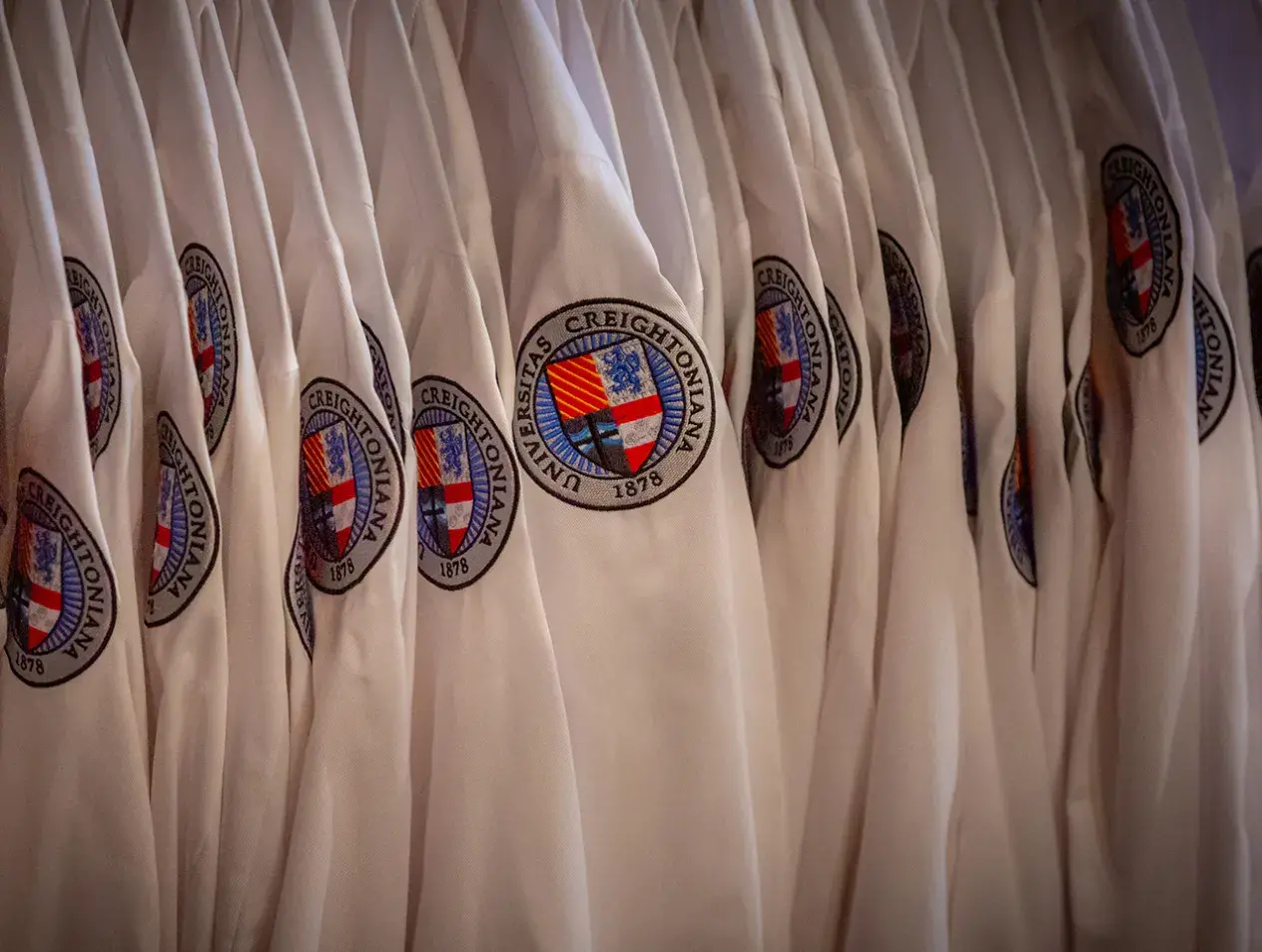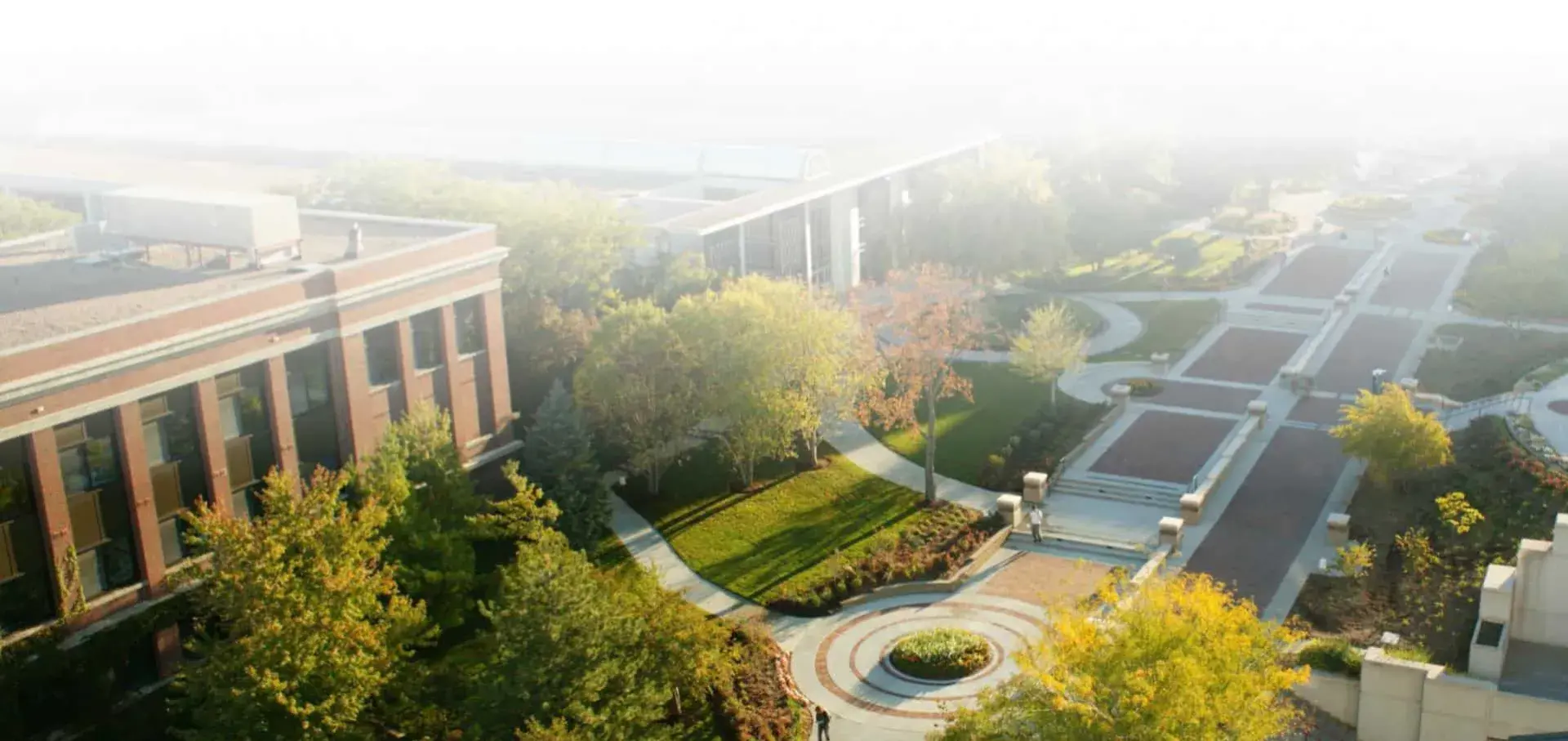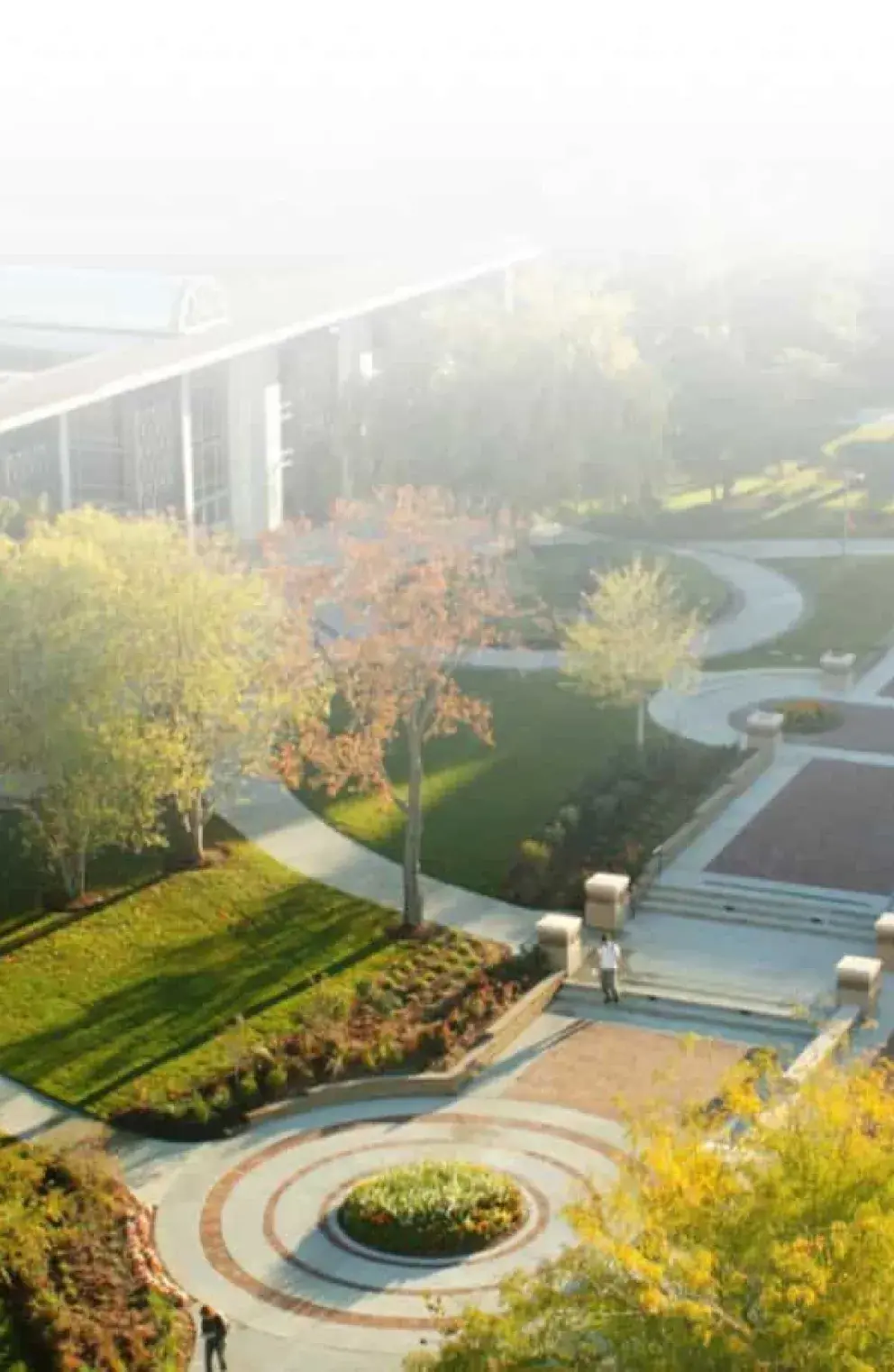
Global Surgery Fellowship Curriculum
First 6 Months of Fellowship
Training will be competency based. Each module has a written test requiring a 75% passing grade, target procedure numbers, and simulation testing for some modules. The fellow will not go onto the next module without a passing grade from the division chief based upon test scores, operative ability and simulation testing results.
Modules and milestones are shown below.
6 Month International Rotation Goals
- Training a GP or nurse to perform essential operations
- Surgical clinic care - 2,000 patients or more
- 300 or more major operations to be performed
- One healthcare system development
- Participating in the training of LMIC general surgery residents and medical students
The fellow will develop a healthcare systems project that will positively impact 200 or more patients. After implementation, a final written report and an evaluation by the fellowship director will determine in-country benefit. A passing grade for system development, operative numbers and a low complication rate are required for final fellowship certification.
Background: Global health experts now have a greater recognition of the need for improved anesthesia and surgical care. The shortage in the number of anesthesiologists, especially pediatric anesthesiologists, has become apparent.
Both local and regional anesthetic techniques are low cost and low technology; they offer achievable proficiency and have a good safety record when basic sterile techniques are employed, and key safety steps are observed.
Curriculum: These techniques plus intubations will be taught, with the intent our Fellow will teach in-country physicians, nurses, and technicians the same methods when appropriate.
Target procedures:
- Intubation and difficult airway
- Regional blocks (femoral, brachial, interscalene, adductor, popliteal)
- Spinal anesthesia
Background: High maternal mortality rates in LMICs persist. Major complications that account for nearly 75% of maternal deaths include maternal hemorrhage, infection, and hypertensive disease during pregnancy.
C-sections have associated morbidities but can save the infant’s and mother’s life. Access to adequately trained health professionals can impact a community's mortality rate.
Curriculum: Family planning, prenatal, intrapartum and postpartum care, surgical skills, obstetric emergencies, simulations.
Targeted procedures:
- Normal vaginal deliveries
- Repair of perineal lacerations
- Uncomplicated C sections
- Complicated C sections
- Post-partum hemorrhage management
- D & C (not abortions)
- Open total abdominal hysterectomies
Background: Hernias are common but have associated disabilities and can cause death, especially in developing countries. Inguinal hernia mesh repair is easy to perform, learn and teach.
Curriculum: The operating performance rating scale (OPRS) training method will be used to train the Lichtenstein repair and then to train the fellow to train. Opportunities may include one week of training in Guatemala and training on cadavers in Omaha Nebraska.
The fellow will be skilled at doing 5 Lichtenstein OPRS cases, be trained to train, and utilize the OPRS technical evaluation method.
Background: Oral diseases, while largely preventable, pose a major health burden for many countries. Untreated dental caries (tooth decay) in permanent teeth is the most common health condition according to the Global Burden of Disease 2019. (WHO 2023)
WHO recommends in middle- and low- income countries that health care providers do preventive care, triage prevention, extractions and innovative methods to increase access to care at all levels.
Curriculum: Primary emphasis on prevention and extractions. The fellow will learn the core principles of dental public health and its application to the global stage. Training will take place at Creighton University School of Dentistry and the University of Nebraska Medical Center Oral Maxillofacial Surgery Department.
Targeted procedures:
- Regional nerve blocks
- Safe leveraged tooth extractions
- Incision and drainage of odontogenic and facial abscesses
- Tooth cleaning, cavity filling and root canals
Learning Modules:
Complete the Smiles for Life National Oral Health Curriculum.
Background: Hip fractures are the primary orthopedic problem in LMIC. Open fractures can result, if treated inappropriately, in osteomyelitis and sepsis. In LMICs, about half are open severe tibia fractures. The interval to definitive therapy and bone union is often prolonged.
Curriculum: Open fracture immediate surgical intervention, pinning of hip fractures, external fixation, basic non-operative orthopedic care, SIGN Nail training, and systems prevention of fractures will be emphasized in this curriculum.
Targeted number of procedures:
- External fixation
- Open fractures
- Internal fixation
- Hip nail/ hip screw
Background: The Arizona Burn Center is one of the largest burn centers in the U.S. The referral area for the Arizona Burn Center includes the entire state of Arizona, western New Mexico, Nevada, western California, southern Colorado, southern Utah, and northern Mexico. The Creighton University School of Medicine Campus at Phoenix hosts this training opportunity.
There are four attending/teaching surgeons and six allied health professionals on the Burn Service. The chief resident on the Burn Service is a PGY-3 resident. He/she rotates on Burn for three consecutive months and is the initial go-to person on the Burn Service.
Background: Hydroceles in tropical regions are often caused by lymphatic filariasis. Other urological conditions may not be as common as in the US include urethral strictures, urolithiasis, prostate and bladder cancer. Circumcision is often needed in adults to decrease transmission of HIV.
The conditions above all have surgical or endoscopic forms of treatment and will be emphasized in the curriculum.
Targeted procedures:
- Cystoscopies
- Hydrocelectomy
- Urethral dilation
- Pericutaneous supra-pubic cystostomy
- Open supra-pubic cystostomy
- Cystoscopy and urethral stent placement
- Circumcision
Curriculum:
Ultrasound machines are available in many developing country hospitals now and are especially used for labor and delivery. Because ultrasound is not dangerous, painful, or invasive it is often the preferred imaging modality, and some interventional procedures can be performed with ultrasound guidance.
The fellow will acquire knowledge of:
- Image guided radiological procedures available.
- Preparation of patients for tests. Understanding of the patient’s experience.
- Indications and limitations in the use of imaging equipment focused on sonography and interventional procedures.
- Learn how to perform a complete abdominal and pelvic US scan and be able to recognize basic abdominal US anatomy and pathology
Curriculum:
This rotation will allow the fellow to do numerous intubations of children of all ages under direct supervision by an experienced MD pediatric anesthesiologist.
Objectives:
- Gain hands on experience with pediatric and infant intubation and airway management.
- Become familiar with pre-operative assessment and intra-operative management of pediatric anesthesia for commonly seen pathologies.
- Practice common anesthesia procedures encountered in pediatric anesthesiology.
Task List
The fellow is expected to perform the following pediatric anesthesia procedures
Task | Indication | Diagnosis | Completed |
5 intubations <12 months |
|
|
|
10 intubations 1-16 years old |
|
|
|
10 pediatric peripheral IVs |
|
|
|
2 advanced pediatric airways (CMac, etc) |
|
|
|
10 pediatric extubations/PACU management |
|
|
|
A 10 question multiple choice test will be given with a required score of 80% for passing. The test should be sent to Dr. Filipi with the answer key. The test will be administered by the global surgery fellowship coordinator and faculty and the fellow will be given the results.
Curriculum
This rotation will be immediately after the obstetrics rotation. Emphasis will be on malnutrition, intubation, NALS and bubble CPAP ventilation.
Curriculum:
Lightly embalmed cadaver that allows soft tissue dissection for 10 days after arrival. Surgical instrumentation for each procedure will be available. Key to the cadaver laboratory training success is fellow preparation and having an experienced surgeon instructor. Please see the below procedures planned with the instructor’s name. Other operations can be added depending on time, an available mentor and the fellows’ needs.
Procedure Instructor
| Skin flaps, free skin grafts, and tendon repairs | Dr. Collen Stice, Plastic surgeon |
| Burr holes | Dr. Charles Taylon, Neurosurgeon |
| Eye enucleation | Dr. Joe Townley, Ophthalmologist |
| Psoas hitch, open prostectomy, bladder conduit | Dr. Michael Feloney, Urologist Dr. Larry Siref, Urologist |
| Rapid splenectomy and fasciotomies | Traumatologist |
| Chest tube placement, rapid cricothyroidotomy, inguinal hernia hernioraphy and how to train and hand sewn bowel anastomoses | Dr. Charles Filipi, General Thoracic Surgeon |
Contact Us
CHI Health Creighton University Medical Center
Bergan Mercy Educational Building
7710 Mercy Road, Suite 501
Omaha, NE 68124-2368
Fellowship Director
Caron J Gray, MD, FACOG
CaronGray@creighton.edu
Fellowship Manager
Rebecca Lair
402.280.4438
RebeccaLair@creighton.edu




